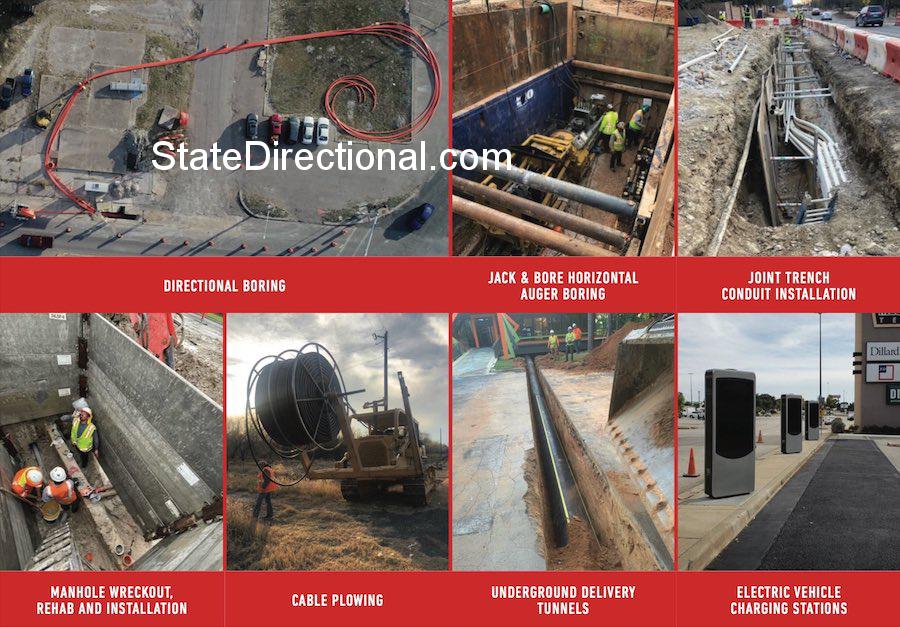Design Build
Designing and building underground utilities involves several steps. Here are the general steps involved:
- Planning and Surveying: The first step is to plan the project and conduct a site survey to determine the exact location, layout, and dimensions of the utilities. This involves researching the site history and geology, and surveying the site to determine the best locations for the utilities.
- Engineering Design: Once the site survey is complete, the next step is to develop an engineering design for the underground utilities. This involves determining the type, size, and materials for the utilities, and calculating the load-bearing capacity of the soil to ensure that the utilities are safe and stable.
- Excavation: The next step is to excavate the site and prepare the trench for the installation of the utilities. This involves removing soil and other materials to create a trench that is the correct depth and width for the utilities.
- Installation: The utilities are then installed in the trench, which can involve laying pipes, cables, and other infrastructure. The installation must be done according to the engineering design and any local building codes or regulations.
- Inspection and Testing: Once the utilities are installed, they must be inspected and tested to ensure that they are safe and functional. This involves testing the pipes and cables for leaks or other issues, and ensuring that they are connected to the appropriate infrastructure.
- Backfilling: Once the utilities are tested and inspected, the trench is backfilled with soil and other materials to cover the utilities. This must be done carefully to ensure that the utilities are not damaged and are properly protected.
- Surface Restoration: The final step is to restore the surface of the site to its original condition or as close to it as possible. This involves repaving or re-landscaping the area to ensure that it is safe and visually appealing.
Overall, designing and building underground utilities requires careful planning, engineering, and installation to ensure that the infrastructure is safe, functional, and efficient.


